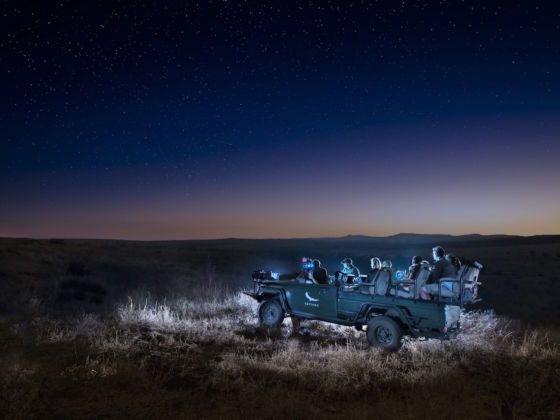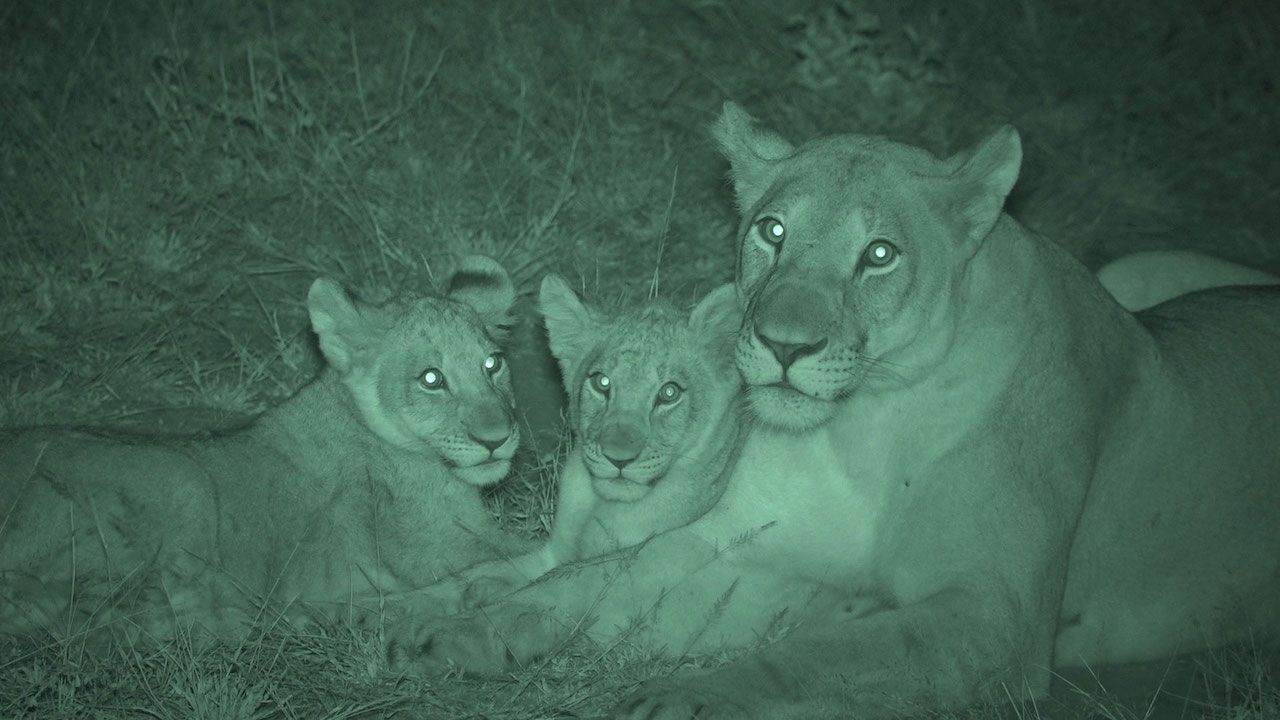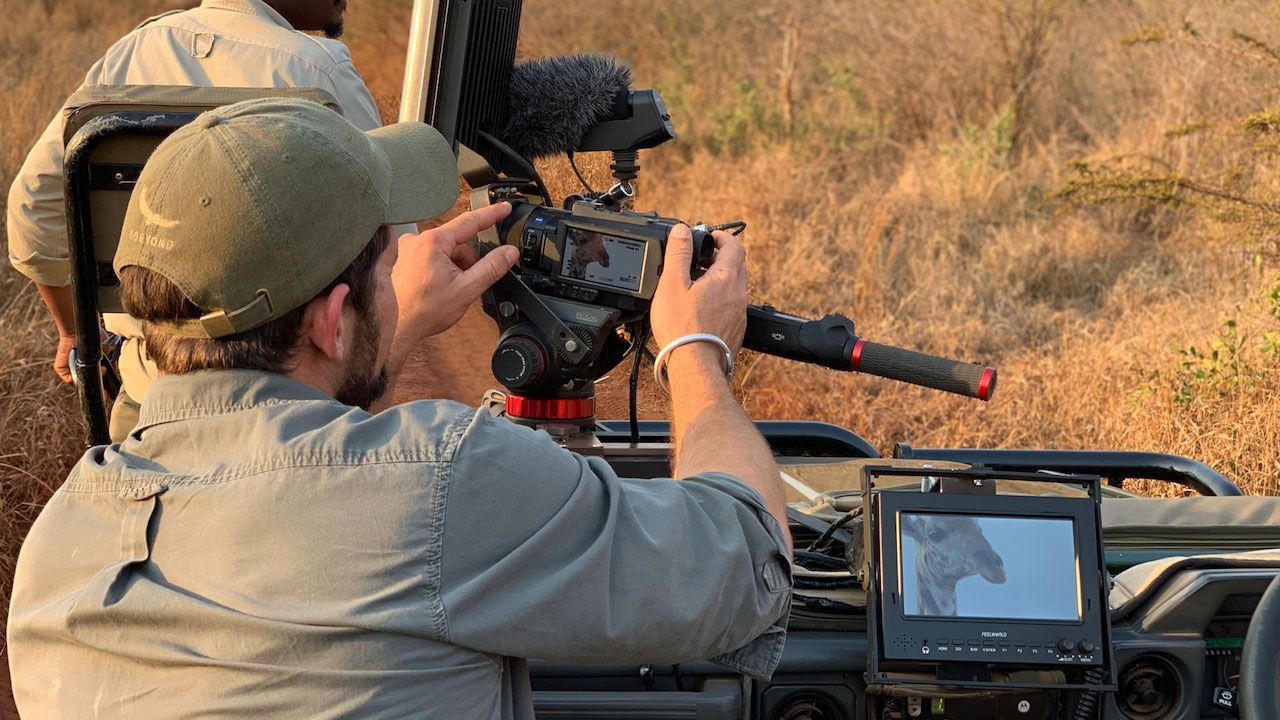From capturing footage of rarely seen species to documenting unique, new, or never-before-seen behaviors, nature documentaries offer glimpses into the lives of animals around the world, allowing us to better understand and learn about them. But due to technology and access, their nocturnal activities have largely remained a mystery to us.
Netflix has shined a light — literally and metaphorically — on what animals do in the shadows with its new nature series, Night on Earth. Using advanced thermal imaging and low-light technology, Netflix’s crew was able to capture unprecedented footage of the nocturnal behaviors of wildlife all over the world.




